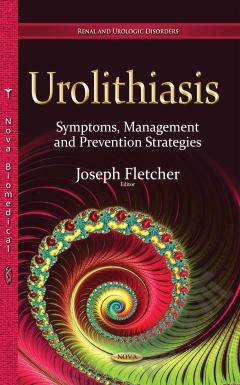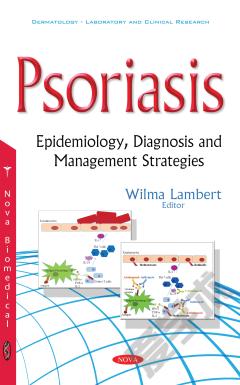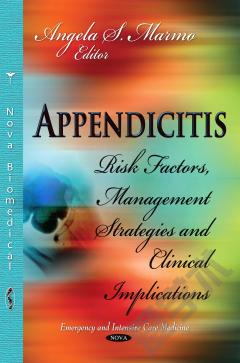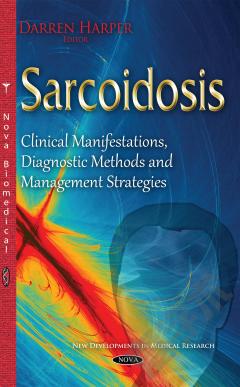Lead Exposure and Poisoning: Clinical Symptoms, Medical Management and Preventive Strategies
Lead is a heavy metal used since ancient times and is still employed for several industrial purposes due to its suitable physical and chemical properties. It is non-biodegradable and is very persistent in the environment. Human exposure can lead, however, to a wide range of biological effects. Lead (Pb) exposure is known to induce a wide range of physiological and biochemical dysfunctions in humans and animals. This books reviews works collected in international literature dealing with the effects of lead; the environmental contamination of lead and its associated public health risks; the influence of lead at different doses on the structure of intestinal microbial community in vivo and its relationships to intestinal epithelium in vitro; and finally, the effects of fractions of the edible halophyte, Sarcocornia perennis on human kidney cells after Pb intoxication.
{{comment.content}}








 京公网安备 11010802027623号
京公网安备 11010802027623号